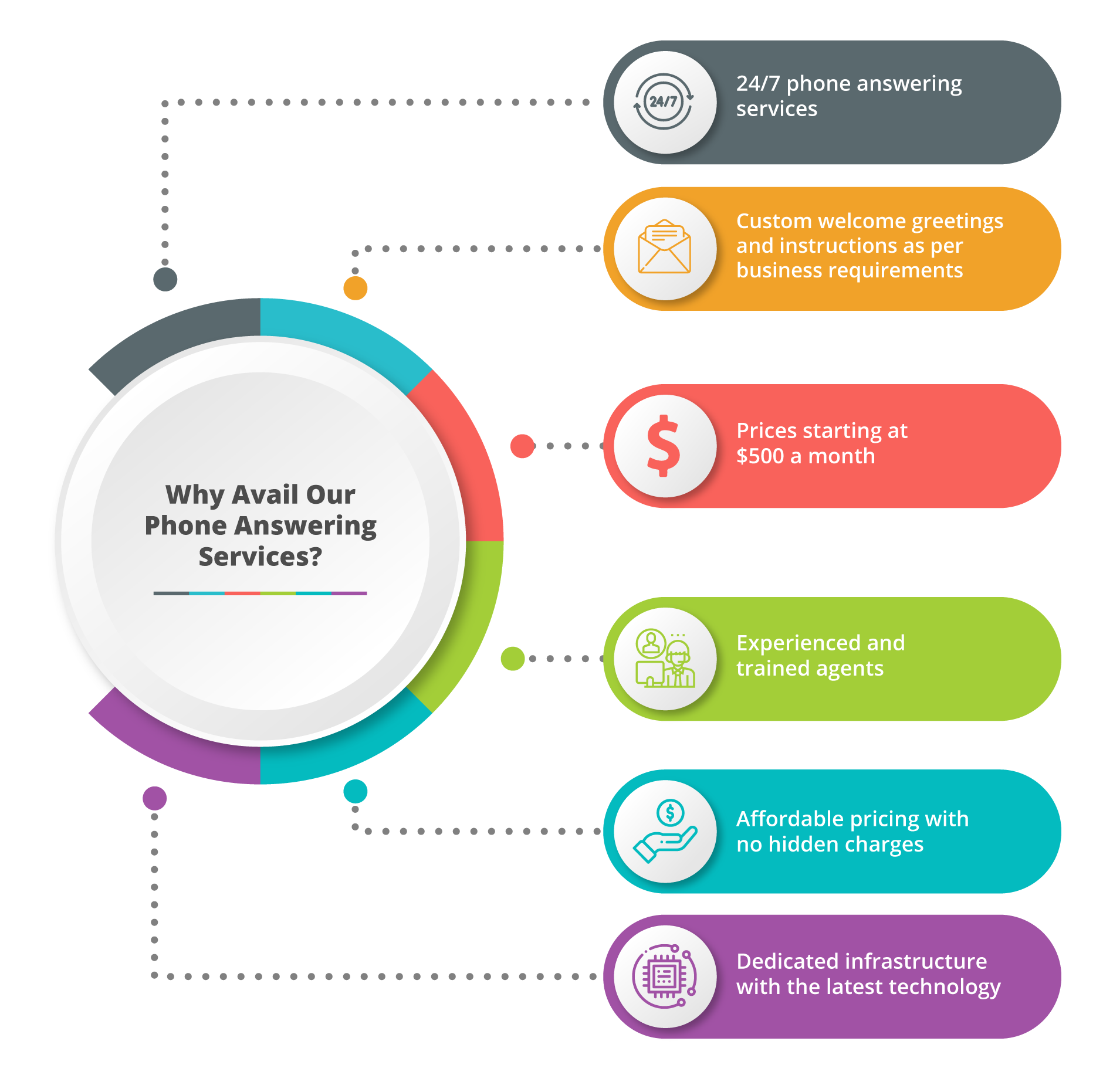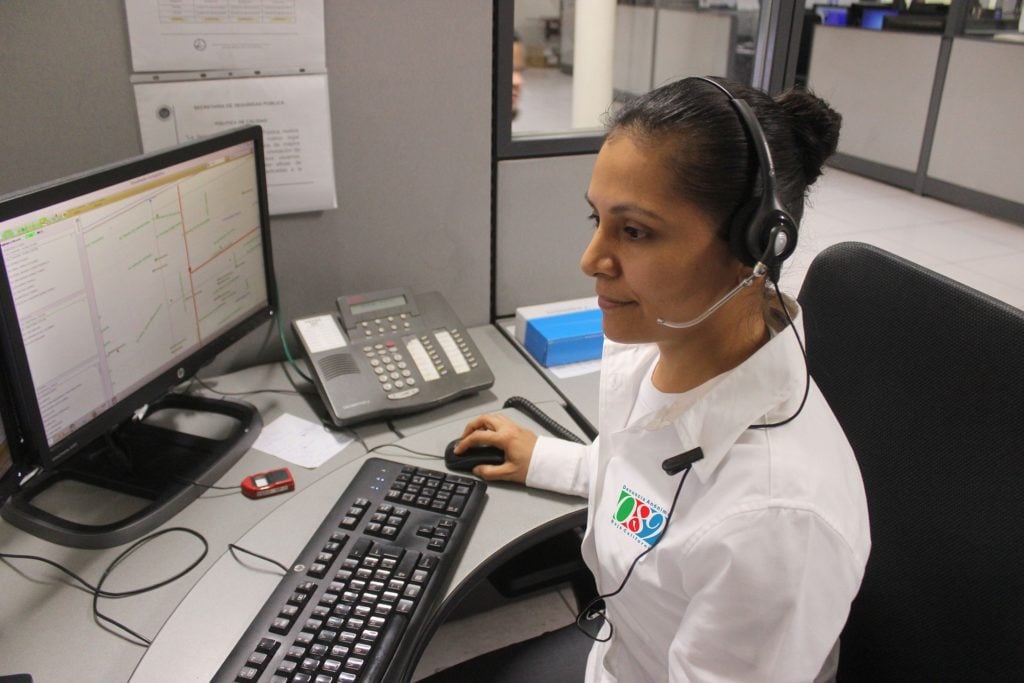All Categories
Featured
Table of Contents
What Is The Best Automated Answering Services - How Do They Work? For The Money
This device and its successors were developed by Sava Jacobson, an electrical engineer with a private consulting service. While early voice mail utilized magnetic tape innovation, the majority of modern equipment utilizes strong state memory storage; some devices use a combination of both, with a solid-state circuit for the outgoing message and a cassette for the inbound messages.
"toll saving" below) (phone call answering). This works if the owner is screening calls and does not wish to speak to all callers. In any case after going, the calling party should be informed about the call having been answered (most of the times this begins the charging), either by some remark of the operator, or by some welcoming message of the little, or dealt with to non-human callers (e.
This holds especially for the Little bits with digitally saved welcoming messages or for earlier machines (prior to the increase of microcassettes) with a special endless loop tape, different from a 2nd cassette, dedicated to recording. There have actually been answer-only gadgets with no recording abilities, where the greeting message needed to inform callers of a state of current unattainability, or e (reception services).
What's The Best 9 Best Answering Service Providers For 2023 [Reviewed] Brand

about schedule hours. In taping TADs the greeting generally consists of an invite to leave a message "after the beep". A voice mail that uses a microcassette to tape-record messages On a dual-cassette answerphone, there is an outbound cassette, which after the specified variety of rings plays a pre-recorded message to the caller.

Single-cassette voice mail contain the outgoing message at the start of the tape and inbound messages on the remaining space. They initially play the announcement, then fast-forward to the next available area for recording, then tape the caller's message. If there are many previous messages, fast-forwarding through them can cause a significant hold-up.
This beep is frequently referred to in the welcoming message, asking for that the caller leave a message "after the beep". TADs with digital storage for the taped messages do disappoint this delay, of course. A little may offer a push-button control center, whereby the answerphone owner can sound the home number and, by entering a code on the remote telephone's keypad, can listen to tape-recorded messages, or delete them, even when far from house.
What Is The Best Telephone Answering Service Sydney - Virtual Office Sydney To Get

Therefore the maker increases the variety of rings after which it responds to the call (generally by two, resulting in 4 rings), if no unread messages are currently kept, however answers after the set number of rings (generally two) if there are unread messages. This permits the owner to discover whether there are messages waiting; if there are none, the owner can hang up the phone on the, e.
Some machines also enable themselves to be from another location activated, if they have actually been changed off, by calling and letting the phone ring a certain large number of times (typically 10-15). Some service companies abandon calls already after a smaller sized variety of rings, making remote activation difficult. In the early days of Littles a special transmitter for DTMF tones (dual-tone multi-frequency signalling) was regionally required for push-button control, considering that the previously used pulse dialling is not apt to communicate proper signalling along an active connection, and the dual-tone multi-frequency signalling was executed step-by-step.
Any inbound call is not identifiable with regard to these residential or commercial properties in advance of going "off hook" by the terminal devices. So after going off hook the calls must be changed to appropriate gadgets and only the voice-type is immediately available to a human, however perhaps, nevertheless should be routed to a LITTLE (e.
What Is The Best Call Answering Service For Small Business In Brisbane In The World
What if I told you that you do not have to in fact get your gadget when responding to a consumer call? Somebody else will. So practical, best? Responding to telephone call does not require somebody to be on the other end of the line. Efficient automated phone systems can do the technique just as effectively as a live agent and in some cases even much better.
An automatic answering service or interactive voice action system is a phone system that communicates with callers without a live person on the line - business answering service. When business utilize this technology, clients can get the response to a concern about your company merely by using interactions established on a pre-programmed call circulation.
Although live operators update the customer support experience, numerous calls do not need human interaction. A basic taped message or guidelines on how a client can recover a piece of info usually solves a caller's immediate need - answer phone service. Automated answering services are a simple and efficient method to direct inbound calls to the best person.
What Is The Best Concierge Service?
Notice that when you call a business, either for support or item inquiry, the first thing you will hear is a pre-recorded voice welcoming and a series of options like press 1 for customer support, press 2 for inquiries, and so on. The pre-recorded alternatives branch out to other choices depending upon the customer's choice.
The phone tree system assists direct callers to the right person or department using the keypad on a mobile phone. In some instances, callers can use their voices. It deserves keeping in mind that auto-attendant choices aren't limited to the ten numbers on a phone's keypad. As soon as the caller has actually chosen their first option, you can develop a multi-level auto-attendant that uses sub-menus to direct the caller to the best type of support.
The caller does not have to interact with an individual if the auto-attendant phone system can handle their concern. The automatic service can path callers to an employee if they reach a "dead end" and require assistance from a live agent. It is costly to work with an operator or executive assistant.
How Do I Choose A Answering Service Faqs - Questions & Answers Service?
Automated answering services, on the other hand, are considerably less costly and supply significant expense savings at an average of $200-$420/month. Even if you don't have committed personnel to handle call routing and management, an automated answering service improves productivity by allowing your group to concentrate on their strengths so they can more effectively spend their time on the phone.
A sales lead routed to customer support is a lost shot. If a client who has item concerns reaches the incorrect department or receives insufficient responses from well-meaning staff members who are less trained to deal with a specific type of concern, it can be a cause of disappointment and discontentment. An automatic answering system can reduce the variety of misrouted calls, therefore assisting your workers make better usage of their phone time while releasing up time in their calendar for other tasks.
With Automated Answering Systems, you can produce a tailored experience for both your staff and your callers. Make a recording of your main welcoming, and merely upgrade it routinely to reflect what is going on in your organization. You can create as numerous departments or menu alternatives as you want.
Latest Posts
Honest Live Receptionist Service – TAS
Virtual Assistant Phone Answering Near Me – Ballarat
Expert Call Answering Service – Hobart 7000